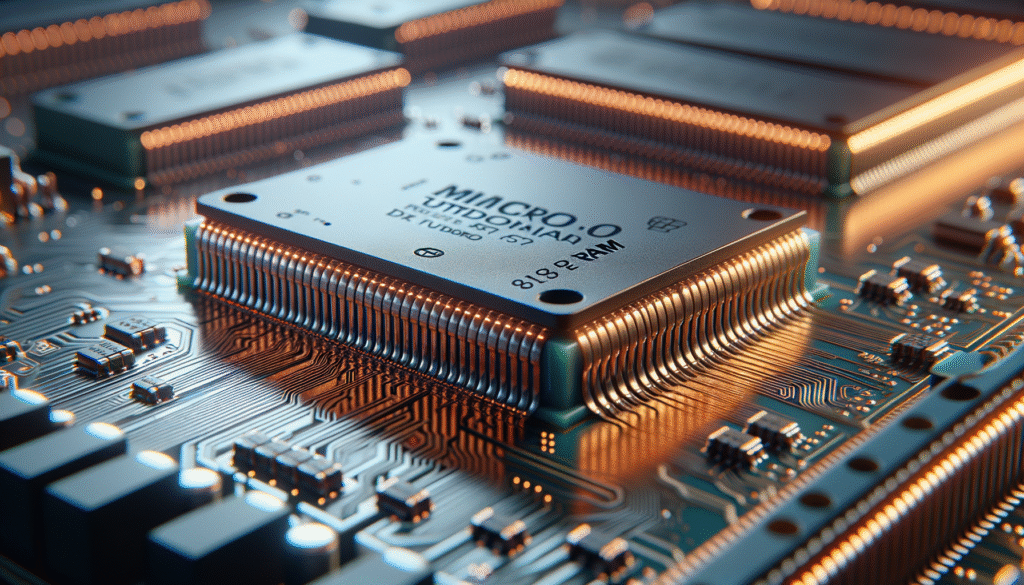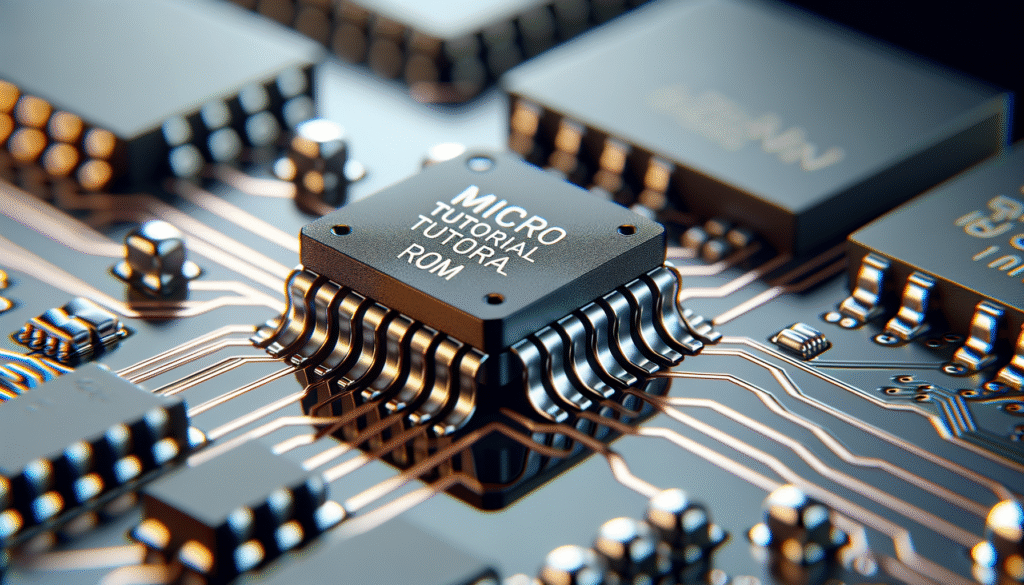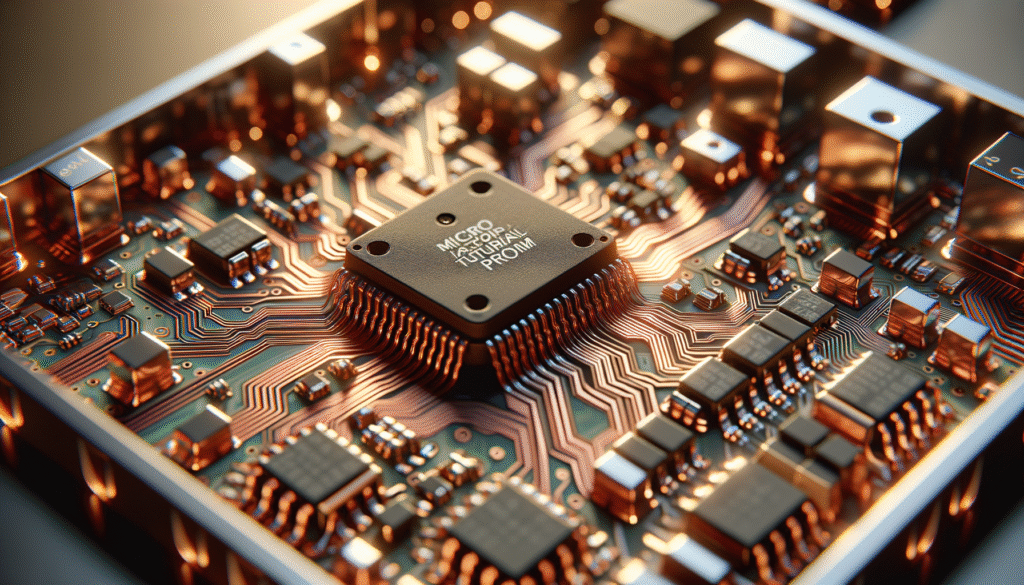Micro Tutorial: RAM
Practical Introduction
Have you ever wondered what happens when your computer seems to slow down? As an electronics teacher, I’ve encountered students who think the processor is to blame, when often, it’s actually the RAM.
What It’s Used For and How It Works
RAM, or Random Access Memory, is a crucial component in any electronic device. Essentially, it is the temporary memory that your computer uses to store data and programs that are currently in use. When you open an application, like a web browser or image editing software, these are loaded into RAM for quick access. Thus, RAM acts as a workspace that the processor uses to perform tasks efficiently. However, it’s important to note that RAM is volatile, meaning it loses its contents when the device is powered off.
RAM comes in several types, with DDR (Double Data Rate) and SDRAM (Synchronous Dynamic RAM) being the most common. DDR allows data to be transferred on both the rising and falling edges of the clock signal, effectively doubling the data transfer rate compared to SDRAM. This makes it ideal for applications that require high performance, such as gaming and video editing.
Additionally, the amount of RAM in a device can directly impact its performance. For example, if you only have 4 GB of RAM, you might experience slowdowns when opening multiple programs. On the other hand, with 16 GB or more, your computer can handle more intensive tasks without a hitch. In a way, RAM is like desk space: the larger it is, the easier it is to work on multiple projects at once.
Key Parameters
| Parameter | DDR3 | DDR4 | DDR5 |
|---|---|---|---|
| Speed (MT/s) | 800-2133 | 1600-3200 | 4800-8400 |
| Bandwidth | 6.4-17 GB/s | 12.8-25.6 GB/s | 38.4-67.2 GB/s |
| Latency | 11-15 ns | 15-19 ns | 30-40 ns |
| Voltage | 1.5V | 1.2V | 1.1V |
| Capacity (Max.) | 64 GB | 128 GB | 256 GB |
Concrete Use Case
Imagine you are a graphic designer working on a large project. You need to open several applications: Photoshop, Illustrator, and a browser with multiple tabs. If your computer only has 8 GB of RAM, you are likely to face performance drops. Applications may take a long time to open or even stop responding, affecting your workflow.
Now, if you decide to upgrade your RAM to 32 GB, you will notice a significant improvement. Applications will load faster, and you can work on multiple projects simultaneously without issues. Plus, you will have room for future applications that require more resources, ensuring your setup remains efficient over time. In this case, the right amount of RAM isn’t just crucial for performance; it can also influence your productivity and job satisfaction.
Common Mistakes and How to Avoid Them
- Not considering compatibility: Make sure the RAM you buy is compatible with your motherboard.
- Installing different types of RAM: Mixing different types of RAM can cause system instability.
- Ignoring latency: Choosing RAM with higher latencies can decrease performance, even if the speed is high.
- Not updating the BIOS: Sometimes, a BIOS update can improve RAM compatibility and performance.
- Underestimating necessary amounts: Evaluate your actual needs before deciding how much RAM is sufficient for you.
Conclusion + Call to Action
In summary, RAM is an essential component that directly impacts the performance of your electronic devices. While it is volatile, its capacity and speed can significantly enhance your experience using computers and other devices. So, if you feel your setup is slow, consider checking and, if necessary, upgrading your RAM. Don’t forget to research and compare options before making your purchase to ensure you get the best performance possible.
More information at electronicsengineering.blog
Quick Quiz
Question 1: What does RAM stand for?
Question 2: What happens to the contents of RAM when the device is powered off?
Question 3: Which type of RAM allows data transfer on both the rising and falling edges of the clock signal?
Question 4: How does the amount of RAM affect computer performance?
External sources
- Anatomía de la RAM para computadoras de escritorio
- RAM 101: Tu guía para entender la RAM
- Tutorial: Acceso a la memoria en un microprograma



